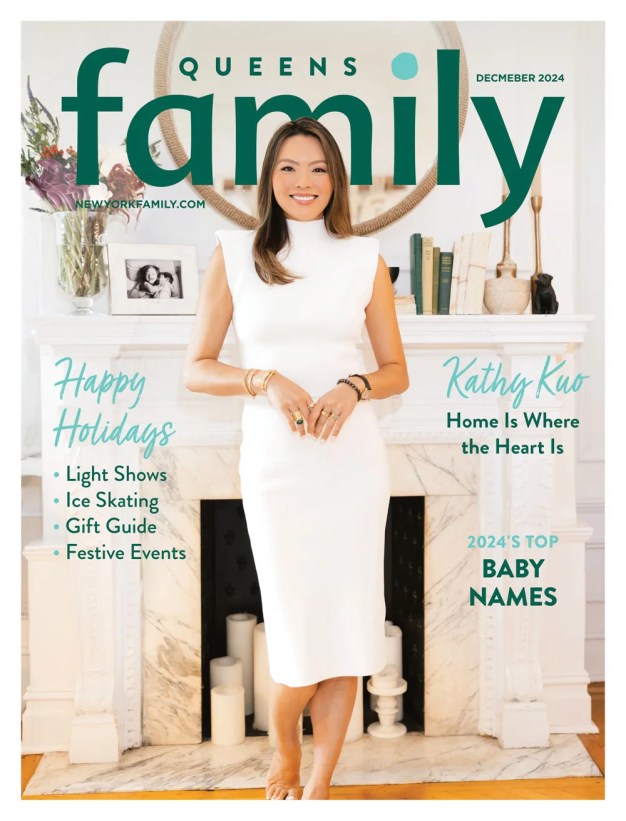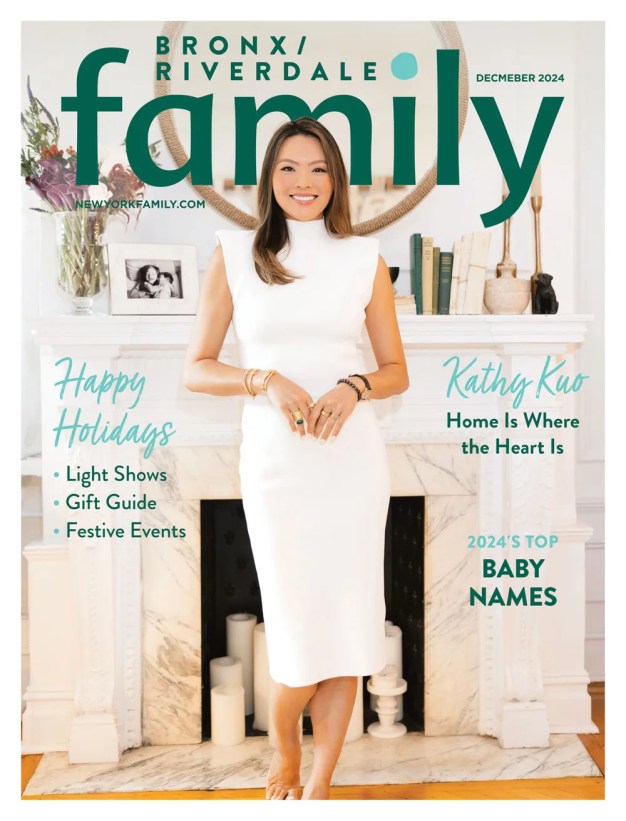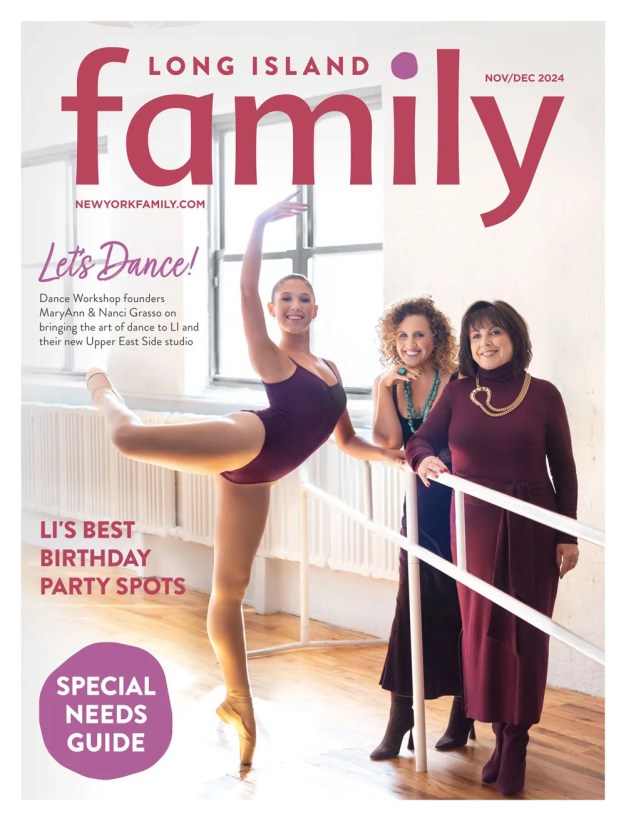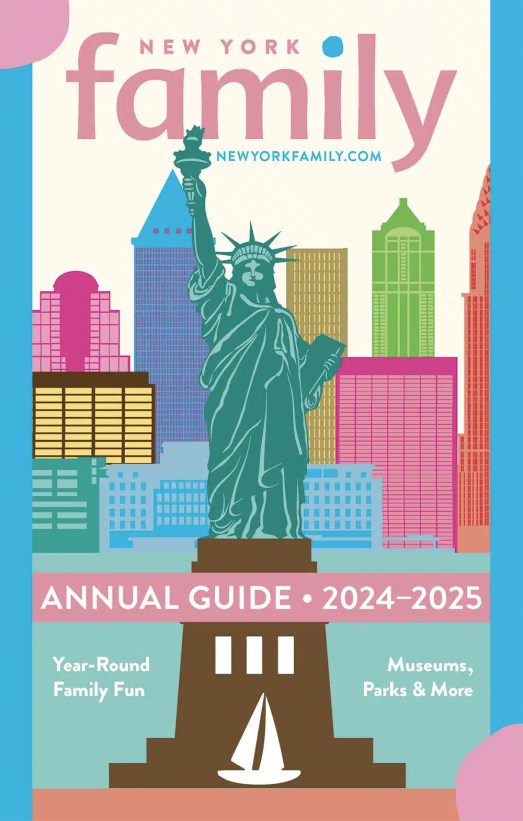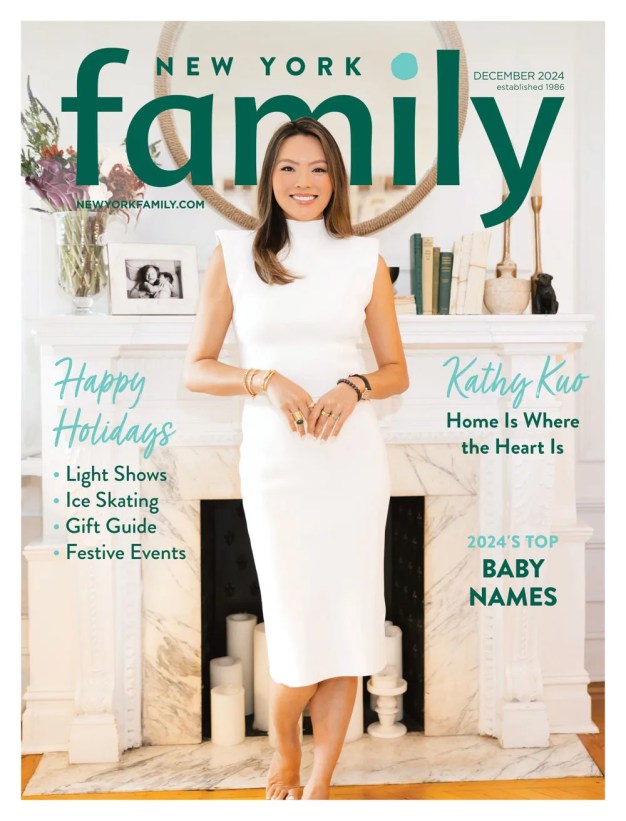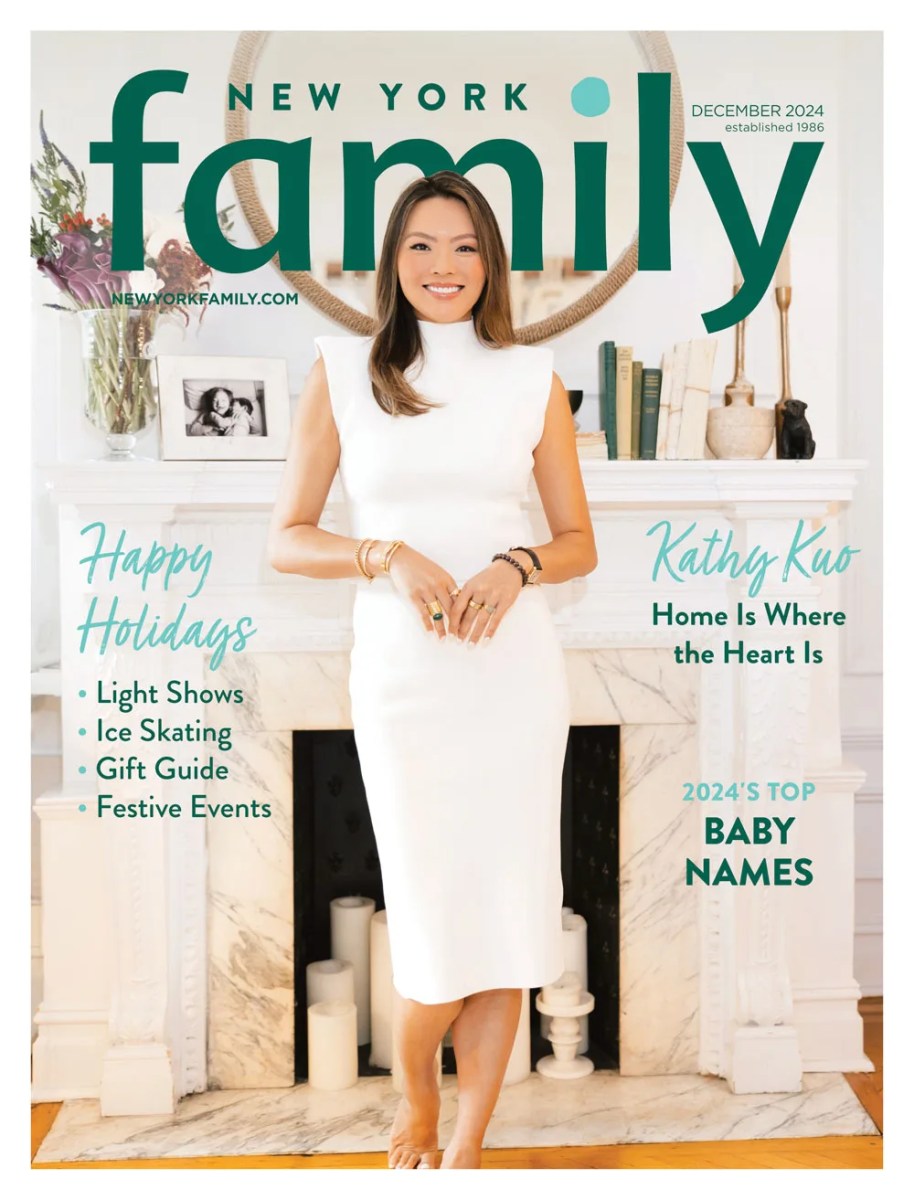Looking for a holiday gift for the special young adult book-lover in your life? Brian Selznick, the Caldecott award-winning author and illustrator of the New York Times bestsellers The Invention of Hugo Cabret and Wonderstruck, once again plays with a blending of words and a sequence of pictures in The Marvels, released earlier this fall, to deliver the touching adventure of the theatrical family the Marvels through two different narrative threads–the first told through 400 pages of illustrations, and the second relayed exclusively through prose.
We sat down with Selznick to hear more about his inspiration and the creative process behind The Marvels.
How did you come up with the concept for this book? Why were you inspired to create this book?
BS: I always try to fill my books with things I love. For The Invention of Hugo Cabret I wrote about silent movies and Paris, for Wonderstruck I wrote about Deaf culture, the American Museum of Natural History and the Panorama at the Queens Museum, which is a giant model of all five boroughs of New York City created for the 1964 World’s Fair. The Marvels was inspired by two more things I love: The history of the theater, and a strange museum in London called The Dennis Severs House.
What was it about The Dennis Severs house and the American artist/museum creator, Dennis Sever that inspired you?
BS: The idea of the Dennis Severs House is that the family who lives there in the 18th and 19th centuries is still present, and every time you step into a room they have just stepped out. So, it’s not like a traditional museum where you find chairs with velvet ropes that keep you from sitting down and objects with labels next to them. Instead, you find hot tea on the table, laundry piled on the floor, unmade beds, food cooking in the kitchen, and fires burning in the fireplaces. There are sounds in the walls, so you hear conversations in other rooms, footsteps overhead, horses and carriages pulling up outside. The feeling isn’t one of being in a museum, it’s one of being in someone’s actual house. The Dennis Severs House is filled with life and it really is like you’ve fallen back in time. It’s a sublime and uncanny experience to feel like you’ve been plucked out of the 21st century and placed in another era. The house is also filled with stories…narratives that you can piece together as you walk from room to room and floor to floor involving the people who live there. This sense of history, and of stories, is what most inspired me.
What do you hope to evoke with the title “The Marvels”
BS: The Marvels is named after a New York stage actress named Elizabeth Marvel. I’ve always loved her name. There’s a sense of wonder to it. “Marvel” is a word that doesn’t really have a direct synonym…there is no other word that evokes that same sense of awe, and so it became the name of the family of actors in my book.
What type of research did you do to help create your book? Besides David Milne, did anyone else play a significant role in helping with your research?
BS: My friend Harry Lloyd is an actor based in London. He took me backstage in an old theatre once and told me that the theatres of London were built by sailors coming in from the sea in the 18th century. Sailors were perfect for the job because they weren’t afraid of heights and they knew how to tie knots and use ropes. He told me that’s why we have words in the theatre like “crew” and “deck” and “rigging” that all come from the sea! I knew immediately that I’d open my book on a ship at sea in the 18th century and there’d be a shipwreck and a lone survivor, a child, who would make his way to London where he’d find a job helping to build a theatre. Cath Penney, the official historian at the Theatre Royal Haymarket also helped me a lot with the research. She invited me into her office in the basement of the theatre and would pull out three hundred year old documents related to the theatre, many of which made their way directly into my story.
What ages is The Marvels appropriate for?
BS: I generally think my books are for kids around the age of the main character, as well as anyone older. Though of course it depends on the kid. The Marvels has my oldest protagonist, Joseph, who is thirteen, but I’ve met many readers of the book who are as young as eight or nine. Hugo in The Invention of Hugo Cabret is about eleven, and I know six year olds who have read it.
What do you hope your readers will take away from your book?
BS: The Marvels is first and foremost meant to be an exciting adventure story, and a mystery. But it also deals with many serious things like how we make sense of our lives through the stories we tell, and how we create our own families. I think children can find a lot of meaning in these themes (as can adults I hope!), but mostly I hope my readers enjoy the plot and the characters.
You have a knack for creating books that rely on illustrations pictures as much as they do the words. How do you think art and text support one another and work together in your stories?
BS: I’ve always been someone who draws, even in Kindergarten. I also love movies and I love picture books, both of which depend on pictures to help tell their stories. With The Invention of Hugo Cabret, I wanted to see if I could make a novel for older readers using cinematic techniques. I also wanted to use things I learned from books like Where the Wild Things Are by Maurice Sendak. If you think about the Wild Rumpus scene, where there are no words and no white spaces, just four pages of pictures, you can see where the inspiration for the picture sequences in Hugo came from. But the pictures in Hugo are meant to evoke silent movies since that is what much of the book is about. Wonderstruck, my follow-up to Hugo, uses pictures to tell the story of a girl who is born deaf, because her world would mostly be experienced visually. For The Marvels, the pictures are meant to be about memory and storytelling itself…how we pass down stories from generation to generation. I guess you could say that each of my books uses pictures and words to create a different kind of atmosphere and to underscore the themes and ideas of the narratives.
I noticed the book switches from 400 pages of continuous illustrations to prose, and then back to illustrations once more. Is this how you originally conceived the story? Or as you were working, did it just flow naturally like this? Was there something about each story in particular that lent itself to the form you chose to tell it in?
BS: When I begin a book, I often don’t know what is going to be drawn and what is going to be written. Usually what comes first is an idea for the plot. Sometimes I’ll only have one moment, or one location, and I’ll start building the story from there. Once I have more of an idea of what the narrative will be, I’ll start to think about how pictures can be used. For The Invention of Hugo Cabret, I’d written a draft of the entire story in words before I had the idea to tell part of the story in pictures. I had to go back and cut a lot of the text and replace the missing sections with the picture sequences. For Wonderstruck, I’d seen a documentary about deaf culture where a man said that if you’re born deaf then the way you experience the world is visual. This gave me the idea to tell the story partly in pictures. Both of these books have word sections and picture sections that weave back and forth. With The Marvels, I wanted to see if I could tell the story of five generations of a single family, over 150 years, in uninterrupted pictures. That way, when we get to the prose story, which is set 90 years after the end of the picture story, the words would make us feel like we were really in a different world from the story told in pictures!

